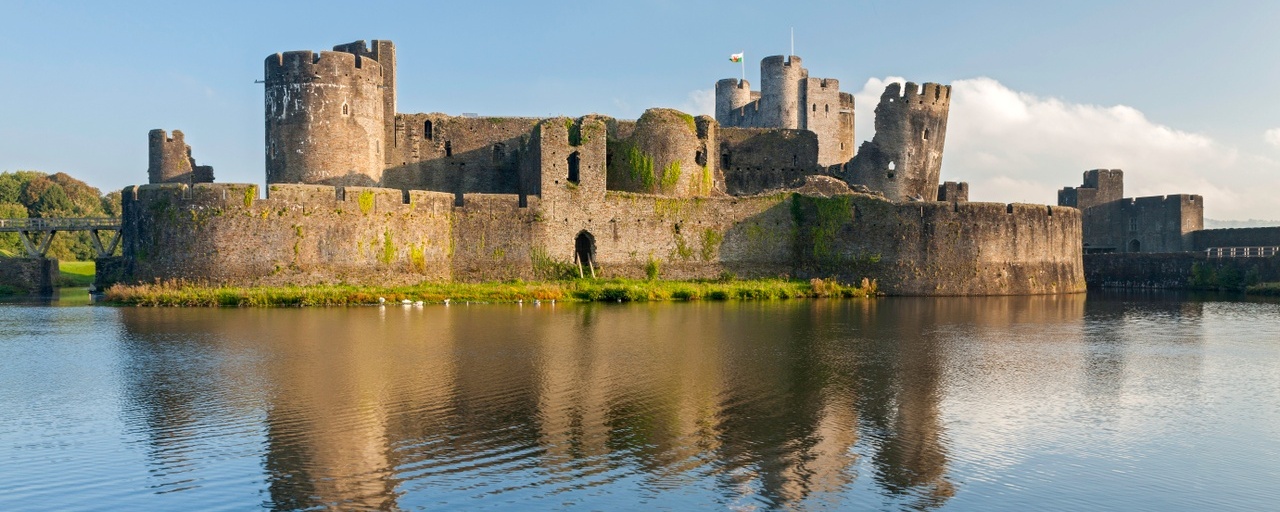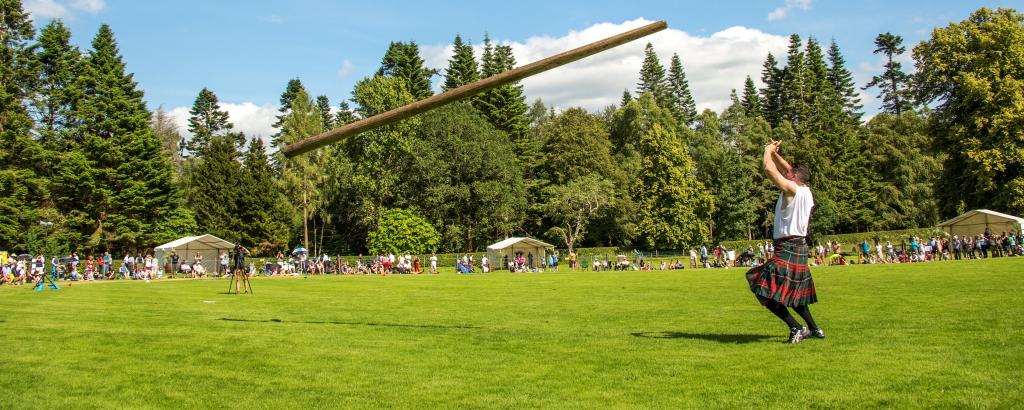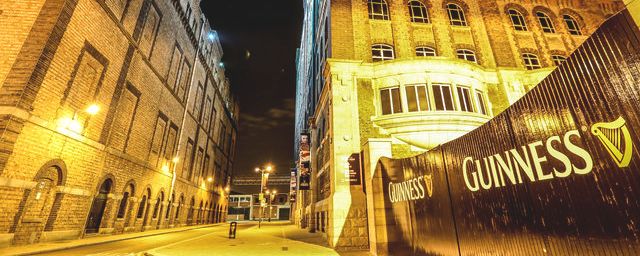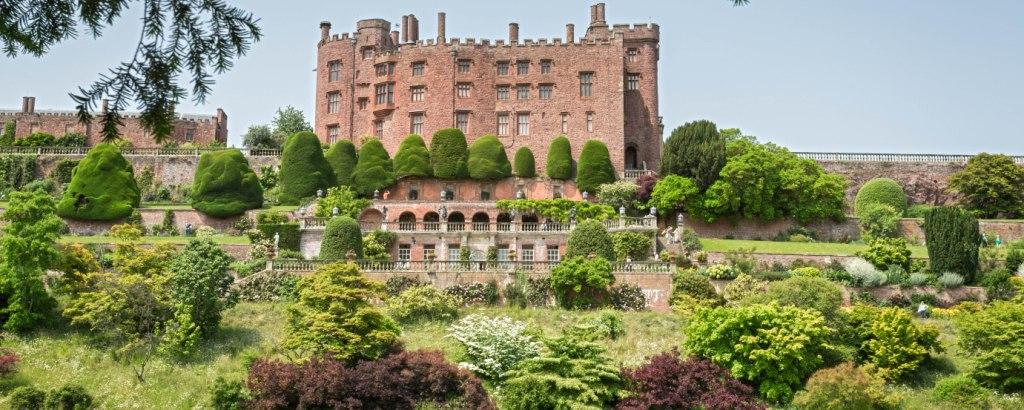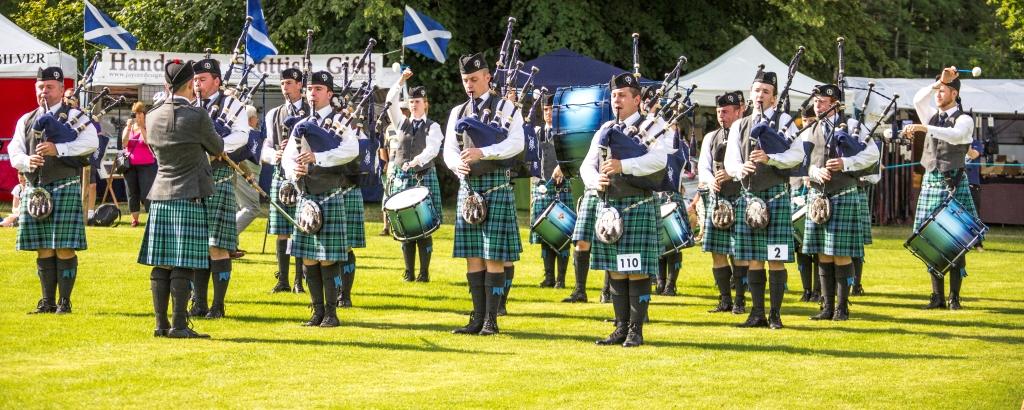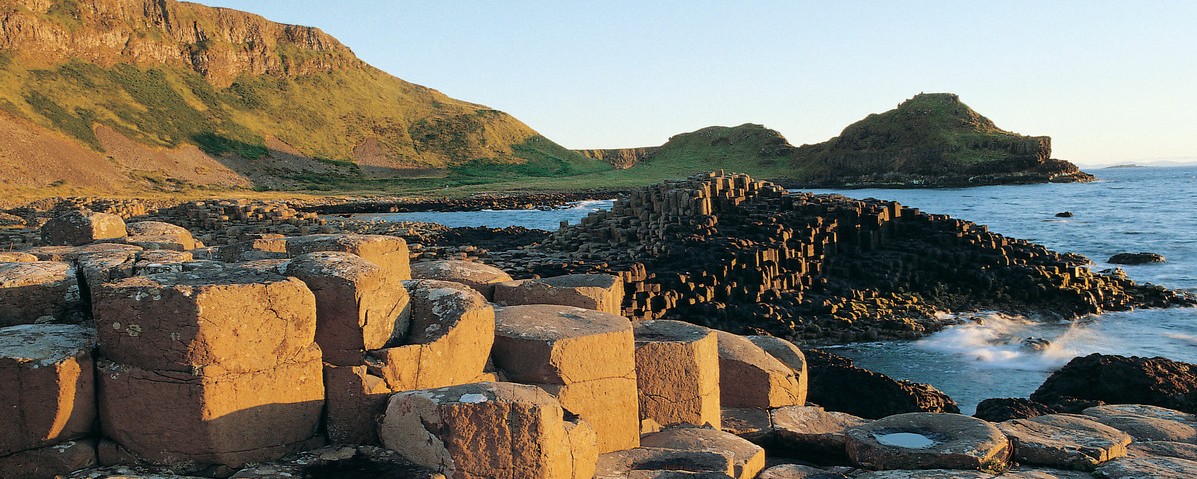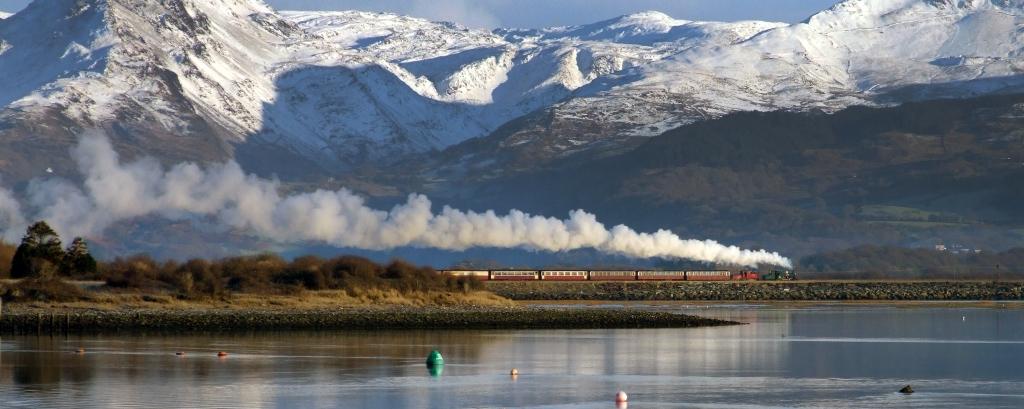First Roman villa ever discovered in north east Wales
A Roman villa, discovered near Wrexham, is the first of its kind ever to be discovered in north east Wales and is a major addition to the archaeological knowledge of this area of Britain in the Roman period.
 Plan of the Roman villa (image from Wrexham Council)
Plan of the Roman villa (image from Wrexham Council)
Archaeologists from Wrexham Museum, the University of Chester and Archaeological Survey West worked with local metal detectorists, who discovered Roman material at the site in north east Wales, to carry out a survey which revealed clear evidence of a buried structure.
The remains show a typical villa layout with a number of stone and tile buildings surrounding a central courtyard. The survey also showed that this building was associated with a field system, a trackway and other related buildings and structures.
The site has yielded artefacts from the late 1st century to the early 4th century AD, suggesting that the villa was occupied for the majority of Roman rule in Britain.
 The field where the villa was found (photo from Wrexham Council)
The field where the villa was found (photo from Wrexham Council)
Dr Caroline Pudney, Senior Lecturer in Archaeology at the University of Chester, said: “This exciting discovery potentially alters our understanding of north east Wales in the wake of the Roman conquest. Previous interpretations suggest that most people in this area either lived in settlements associated with Roman military sites or in quite simple farmsteads that continued to utilise Iron Age roundhouse architectural forms. The identification of the villa now questions this narrative.”
Councillor Hugh Jones, Lead Member for People at Wrexham Council and the local Member for the Rossett ward, where the discovery was made, said: “This discovery is remarkable and just goes to underline the significant number of fantastic archaeological discoveries that have taken place in and around Rossett in recent years, whether it be Bronze Age such as the wonderful Burton Hoard or the Roman lead pig (or ingot) that is currently on display at Wrexham Museum.”
 Roman soldier tour guide in Chester © VisitEngland/Marketing Cheshire
Roman soldier tour guide in Chester © VisitEngland/Marketing Cheshire
The Roman army invaded Britain in AD 43 and pushed north and west across the country. The fortress at Chester, on the border of England and Wales, was established around AD 74 and with relative peace came the establishment of a network of towns and rural settlements. Most villas were essentially farming establishments, ranging from relatively simple in design to very grand with mosaic floors, bath houses and underfloor heating systems. The discovery of architectural fragments found during fieldwalking suggest that this new villa may have incorporated some of these grander features.
Janet Redler, Chief Executive of Janet Redler Travel & Tourism, added: “This exciting discovery has helped to increase understanding of Roman activity in this part of Wales. Chester, just a few miles away, is famous for its Roman ruins, including the largest surviving amphitheatre in Britain, but this was a military settlement. The villa discovery shows that people were settled in the surrounding countryside too and living prosperously for almost the entire period of the Roman occupation of Britain.”
The Museum and the University are now planning a programme of work to further investigate the site over the next few years. The work on the project to date has been funded by the Roman Research Trust and supported by Wrexham Museum and the University of Chester.
If you or your group would like to enjoy a tailor-made tour of Roman Britain in 2021, when we can travel overseas again, please do contact our friendly team. Our tours include the most significant Roman sites and treasures in the UK, as well as the finest accommodation, great food and a range of other activities to meet your interests.



